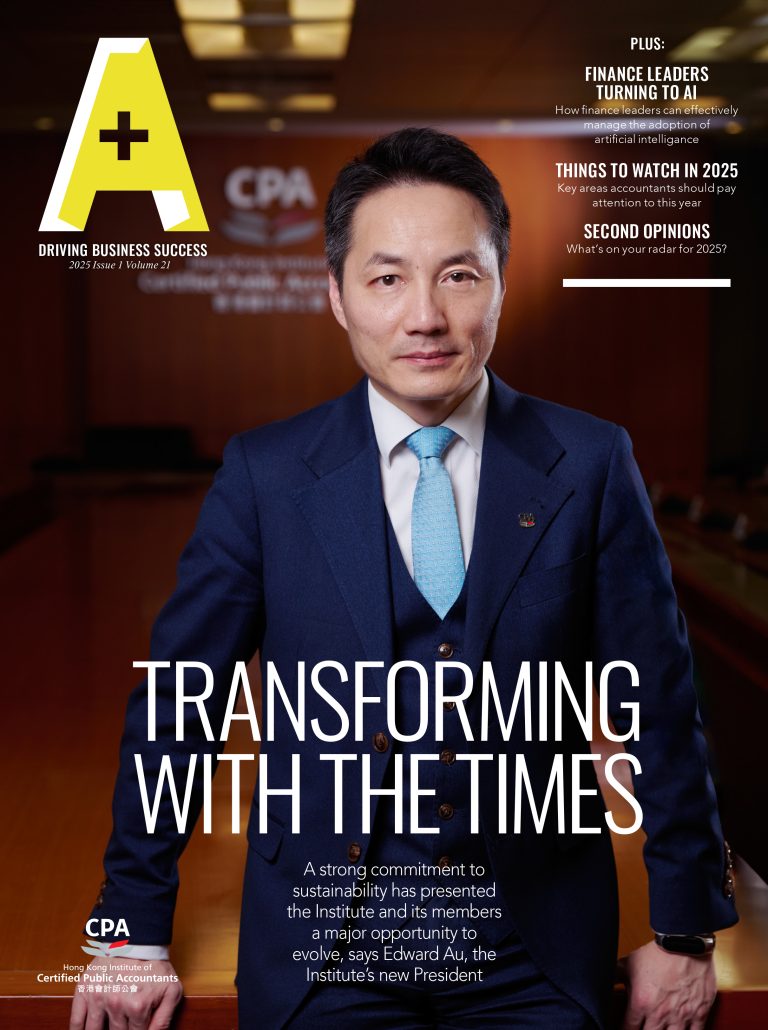Dr. Michael Kwong, Associate Trainer at SGS Academy HK, on how organizations can recruit top talent in the digital era
It’s been said many times – talent is the most important asset of an organization. Indeed, without talent an organization would struggle to excel in today’s business environment where competition increases almost daily. Therefore, it’s important for businesses to work on hiring the right talent to ensure organizational development and success.
Who is the right talent?
In a world of accelerating changes due to technological advancements, adaptability has become more important. In a book called Evolve or Die: Seven Steps to Rethink the Way You Do Business by Robin Crow, the notion of “evolving constantly” highlights the importance of learning and development. To qualify as the “right talent” today, one must be able to utilize learning platforms such as TED.com or massive open online courses (delivering online learning content with unlimited attendance) from Coursera, edX, Udacity etc. One must continuously pick up new knowledge and skills, and adapt to the ever-changing business environment. The right talent acknowledges that skill-upgrading is not limited to gaining technical knowledge related to his or her profession. Instead, the learning experience should be cross-disciplinary and include areas such as emotional management, coaching and other interpersonal skills.
Hiring the right people today requires developing and implementing the right recruitment strategies as well as tactical skills in conducting interviews.
Modern recruitment
The early part of the 21st century has been dominated by technological changes. The development of social media, smartphones and related mobile applications, artificial intelligence, the Internet-of-Things and big data – the “virtual world” is expanding exponentially. As Jack Ma, Founder and Chairman of Alibaba, once stated, “Very soon, everything will be Internet-based.” He called this the emergence of the data technology era. With that, more and more hiring-related activities are expected to take place online.
Google, for example, tracks down potential job candidates in a systematic way using big data technology. It keeps on interviewing people who are interested in joining the organization and tries to select those it considers to be right for the company, even though Google might not have the right position for the candidates at that moment in time. However, once a suitable vacancy arises, Google will contact these candidates and check whether they still want to join the company.
Social media platform LinkedIn also employs big data and has similar functions including individual tracking, reaching out to potential talent in the market. Businesses should try using LinkedIn, which is becoming a mainstream tool in tracking down talent everywhere in the world, any time.
Another thing Google does, which might be considered unconventional, is it takes away the power of selection from the line supervisors. Google believes that hiring the best people for the organization is an important doctrine of the organization. However, this is not done easily. Think about this: if you spot a talent who is potentially better than you and might drive you out of your job in future, would you hire this person? Or would you rather let go of this person immediately in the recruitment process? To remove this so-called “agency problem,” people other than the line supervisors (often staff from other departments) will conduct interviews following the initial interview conducted by the human resources department and then the right candidates are encouraged to accept job offers. This is to ensure that the company always hires the best people available.
In the digital era, learning new ways to identify and hire the right talent can be challenging. But by leveraging new technologies, the recruitment process can become easier and more effective than in any era in history.
Asking the right questions
Nowadays, there are many candidates who are trained on interviewing skills allowing them to perform well in job interviews. But unfortunately, when they join the workplace, often they fail to meet the management’s standards and expectations, which were conveyed in the interview. One way to tell whether a candidate is telling the truth or not is to ask questions that are related to his or her past experience. For example, instead of asking what the candidate will do if he or she comes across a certain situation, the interviewer should ask: “In the past, have you come across such situation? If so, how did you cope with it? What was the result and what did you learn from this incident?” By drawing from real examples from the past, candidates are less likely to over-promise – as this is not easy when giving such a detailed and consistent explanation.
To summarize, hiring the right people today requires developing and implementing the right recruitment strategies as well as tactical skills in conducting interviews so that employers can successfully identify and attract suitable talent. This is one of the core competencies that an organization must possess for it to grow and prosper.
















